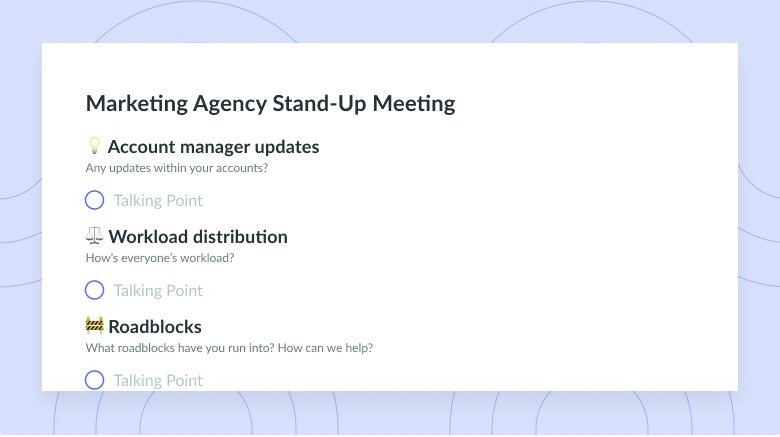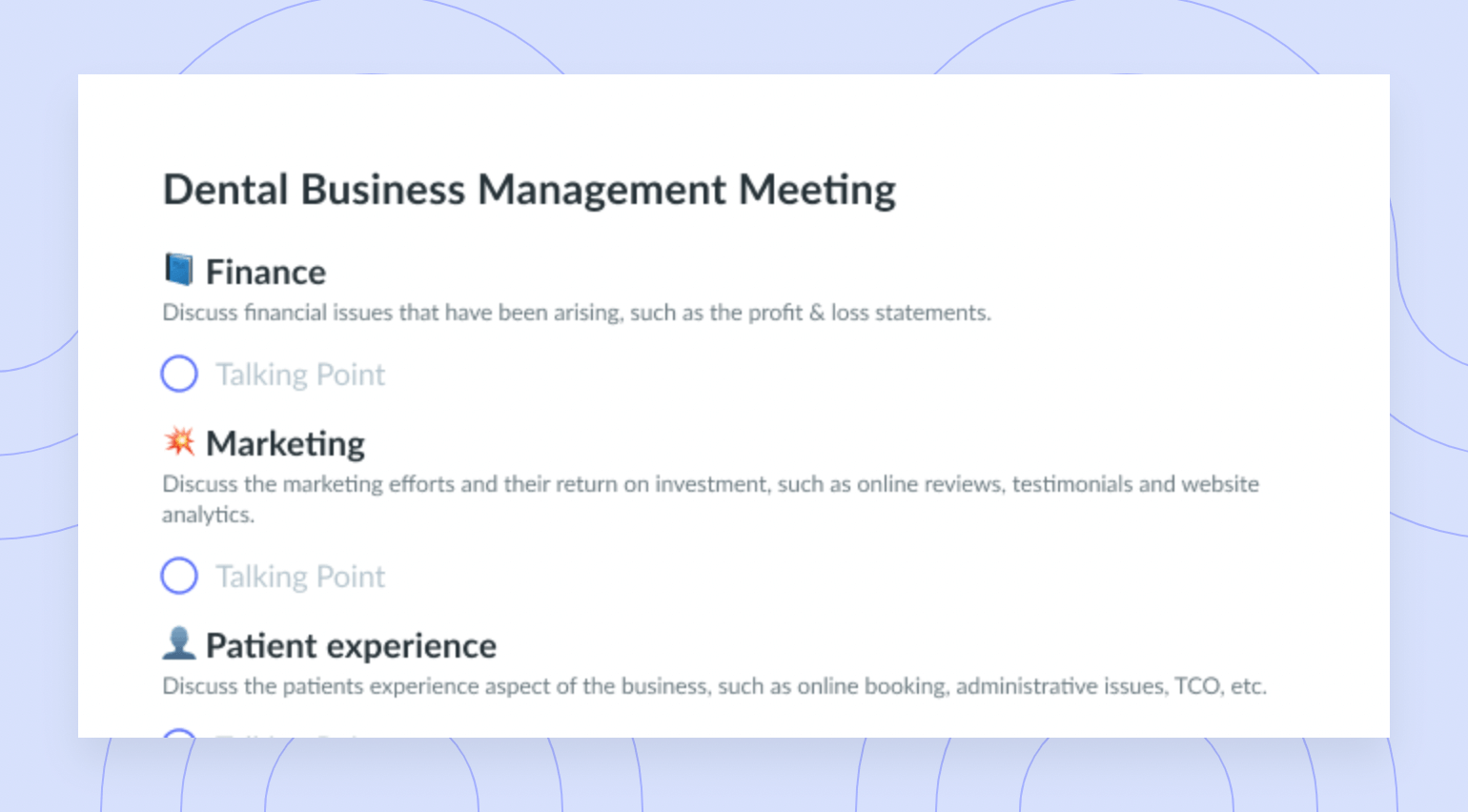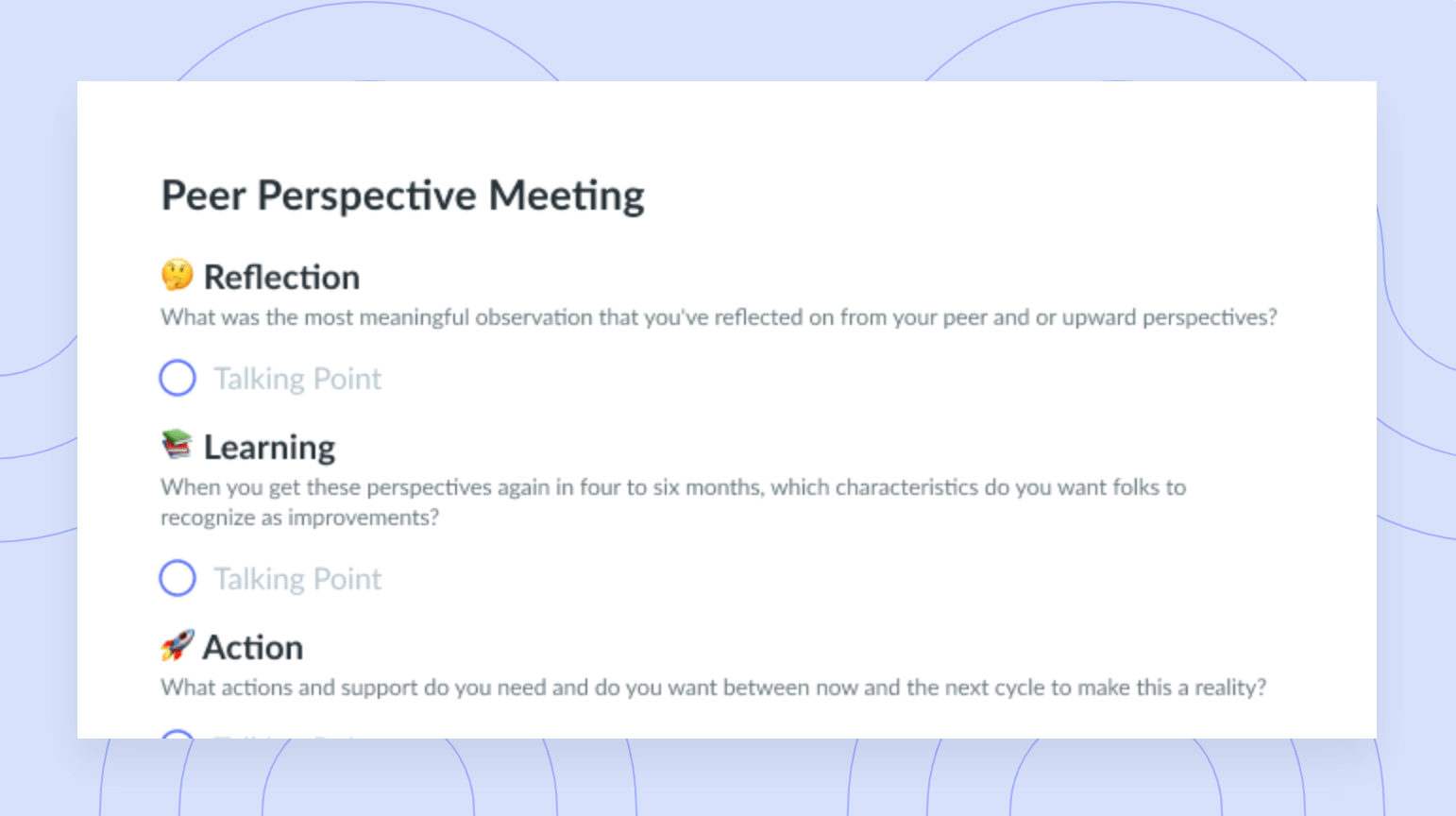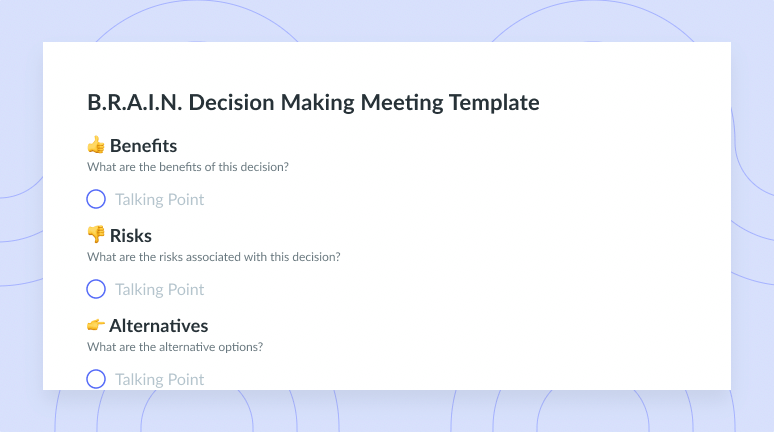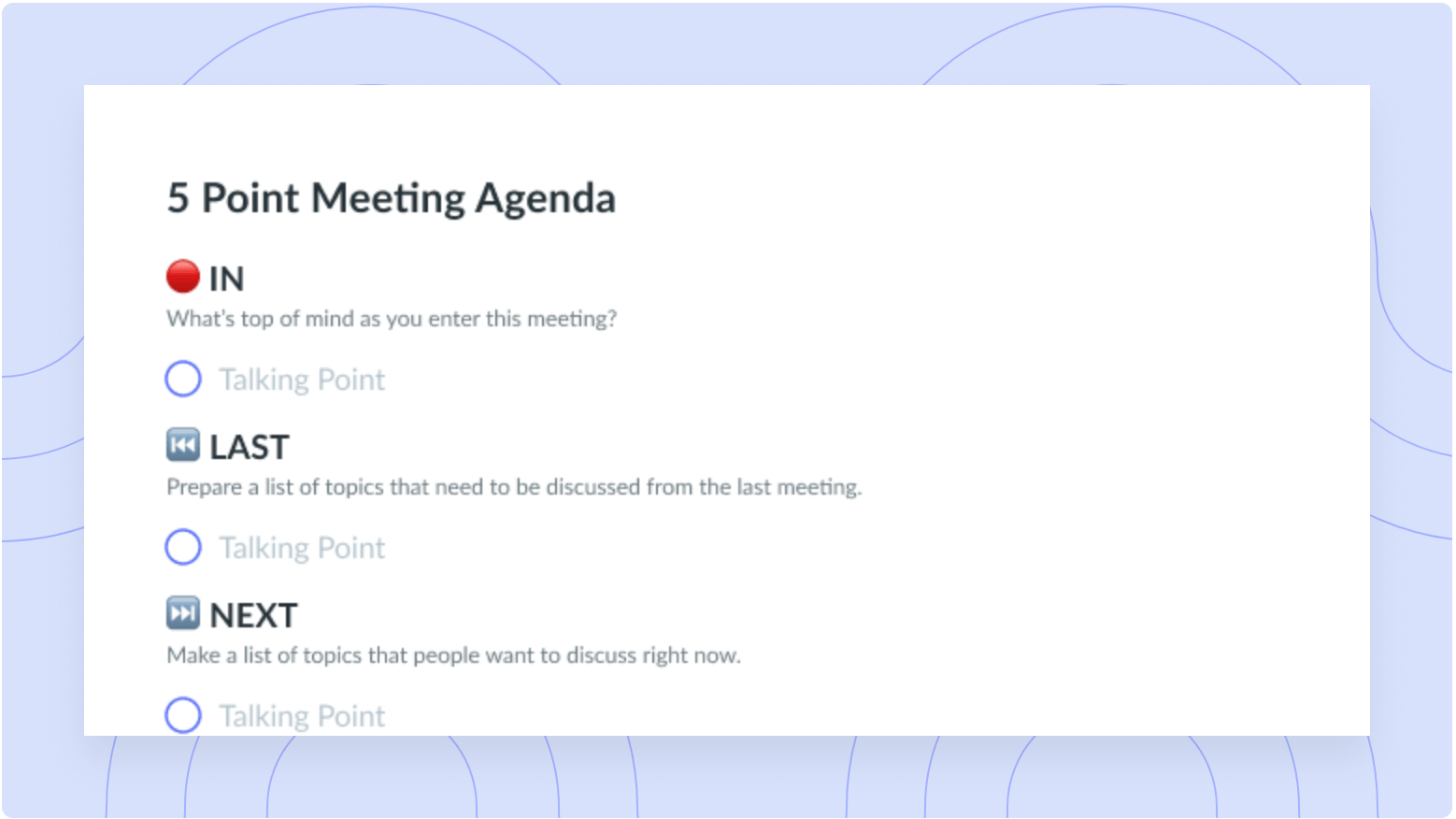Focus Time: Tips and Benefits
Learn all about focus time, including how to make time for focus time to eliminate distractions and increase productivity.
Your ability to focus in the workplace is fundamental to your success. The more time and concentration you’re able to devote to important tasks, the greater the outcome will be. Falling to set aside time to focus will result in poor performance and output, which can be detrimental to your long-term success. By planning to implement focus time into your day, you’ll be able to complete tasks more quickly and efficiently with minimal errors.
Allocating blocks of your day to uninterrupted work periods will help you eliminate outside distractions and unnecessary noise so you can do your best work when it matters most. So, how can you carve out time to focus? Keep reading to learn more about focus time as well as tips and tricks to help you and your teammates focus in the workplace.
- What is focus time?
- The importance of focus time
- How focus time impacts productivity
- How can you get your team to focus?
- Top 5 tips for making the most out of focus time
What is focus time?
Focus time is a dedicated period of time often used when an individual intends to focus on a specific task or group of tasks without disruptions. The purpose of focus time is to eliminate distractions to make time for deep work. During focus time, individuals often limit distractions like social media notifications, web pop-ups, or phone calls in an attempt to enhance focus and improve productivity. By setting aside time for focus work, individuals can improve the quality of their work while getting more done in a shorter amount of time and simultaneously experiencing a greater sense of achievement.
The importance of focus time
There are several benefits to focus time, including enhanced focus, greater productivity and performance, and so much more. When we engage in focus time, we enter a flow-like state that allows us to zero in on pressing tasks, making it easier to process information and work more efficiently. During this state, we become more efficient and can complete tasks with clarity and conviction.
Setting aside time to focus on a task or set of tasks without any distractions also makes it possible to set clear priorities and work towards completing long-term goals. When you get clear on what it is you really want to accomplish, you can allocate your time accordingly and make the most out of every moment.

Run efficient meetings, come to a decision, and get back to work
Level up your meeting habits to boost engagement and productivity with a collaborative meeting agenda. Try a tool like Fellow!

How focus time impacts productivity
Focus time and productivity go hand in hand as focus time enables and even enhances productivity. Taking the time to focus intently on a task or set of tasks allows individuals to work more efficiently while avoiding the negative consequences that arise when multitasking or getting distracted. Not only does this allow those partaking in focus time to produce higher quality work, but it also boosts their productivity and optimizes their success.
How can you get your team to focus?
1Lead by example
Leading by example is crucial, especially if you’re a people manager or hold a senior role. If you want those on your team or within your organization to prioritize deep work and focus, you need to lead by example. This may mean carving out time for planning and deep work, prioritizing mental clarity by leveraging tools like meditation, or implementing meeting-free days so you and others within the organization can focus on deep work. If you want those around you to prioritize focus, stress the importance by leading by example.
2Give employees autonomy
Autonomy can be a powerful tool for increasing focus, especially if your employees or teammates feel as though they have control over how they can spend their time. When individuals have autonomy, it means they have control over what they work on, so they can focus on their most pressing tasks when they have the energy to do so and provide updates or check in when doing so suits their schedules. Autonomy can also help rid the workplace of distractions by empowering employees to create a workspace that caters to their needs and preferences—this helps enhance focus and productivity.
3Communicate expectations
Focus time looks different for everyone and it may even be a foreign concept to some. As a result, it’s extremely important to communicate expectations. This may come in the form of setting boundaries so you can carve out time to focus or encouraging your teammates to do the same. If you set the precedent, your teammates will follow. Ensure you get clear on the importance of focus time and make sure everyone is on the same page by communicating your expectations upfront.
Top 5 tips for making the most out of focus time
- Plan and prepare for the week
- Stay accountable
- Adjust the process
- Leverage asynchronous communication
- Try different techniques
1Plan and prepare for the week
Being able to effectively manage your time is the key to being able to set aside time to focus with minimal distractions. Learning how to plan your workweek will not only help you keep distractions at bay, but it will also increase your productivity, help you save time, and reduce your stress. Planning your day and organizing your time makes it possible for you to schedule time for deep work while prioritizing important tasks that require your undivided attention. This means having more time to focus on things you value and not being stressed because you failed to manage your time appropriately.
2Stay accountable
Accountability is key, especially when it comes time to implement new policies or practices from the top down. If you or your teammates struggle to make space for focus time, consider leveraging an accountability partner. This may look like sending a message to a teammate or colleague when it’s time to focus. You can then both check back in asynchronously when the time is up and share what you’ve accomplished. A secondary element to consider when discussing accountability is the space that must be created for everyone within the organization to feel empowered and supported during focus time. If you encourage focus time, it’s important that you practice what you preach by respecting any boundaries set by your colleagues or teammates when it’s time to focus.
3Adjust the process
Making the most out of your focus time can be a challenge, especially if you’re just starting. Adjusting the process as you go will ensure you can make iterations as you learn. The best part about trying something new is that you have the opportunity to operate by trial and error. If something isn’t working out, try something new tomorrow. What’s most important is remaining consistent in your approach—eventually, you’ll find a system that works for you.
4Leverage asynchronous communication
Asynchronous communication can be an excellent way to refrain from interrupting focus time. Opting for asynchronous meetings instead of synchronous meetings simply means that your employees or teammates will have the opportunity to connect or provide updates on their own time as opposed to dropping everything they’re doing to attend a meeting in real-time. Some teams use automated bots that prompt teammates to share daily updates in Slack instead of hosting a real-time standup, and asynchronous meetings have been increasingly gaining traction. Teams can meet asynchronously using tools like Fellow, which provides a timely hub where everyone can share their updates by a certain time instead of meeting in real-time.
Pro tip: Fellow is the asynchronous meeting software that empowers managers and their teams to collaborate on meeting agendas and talking points, use time-saving templates, assign clear action items, and request feedback from meeting participants.
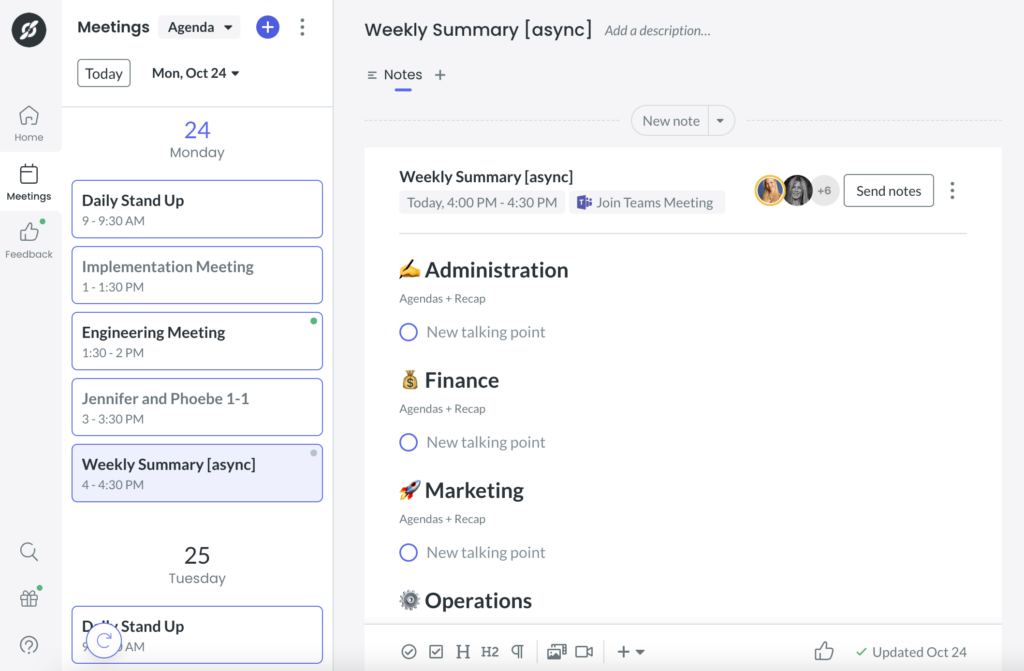
5Try different techniques
Everyone works differently, which is why it’s important to experiment with different techniques when learning to focus. Take the Pomodoro Technique for example. This technique is a time management system that encourages people to work within the time they have—rather than against it. The Pomodoro Technique works by breaking your workday into manageable 25-minute focus periods followed by 5-minute breaks.
The basic steps to follow when embracing the Pomodoro Technique are:
- Choose a single task to focus on.
- Set a timer for 25 minutes and work only on your selected task.
- After 25 minutes, take a 5-minute break.
- Repeat steps 1-3 four times.
- Take a longer break of about 15 to 30 minutes.
Focus time: Are you using it?
Whether you’re an individual contributor eager to increase your output or a people manager looking to get the most out of your team, focus time is the answer. Taking these tips into consideration will ensure you and your teammates have the knowledge necessary to begin implementing focus time into your weekly schedule.










